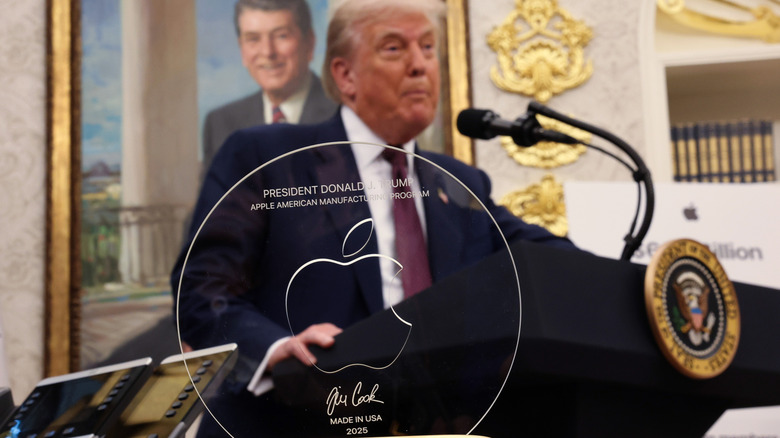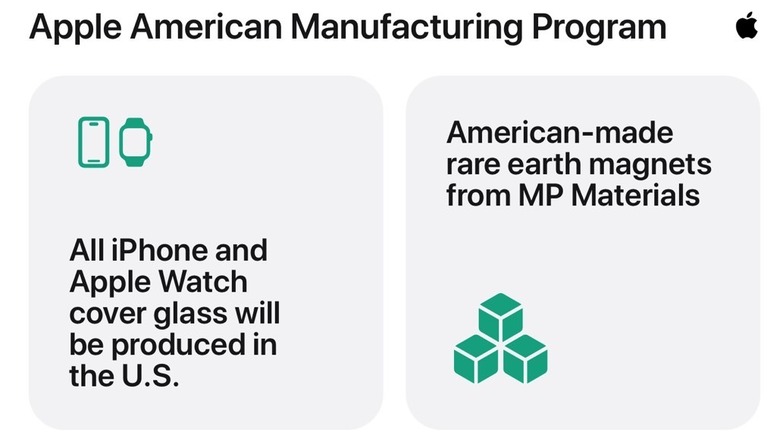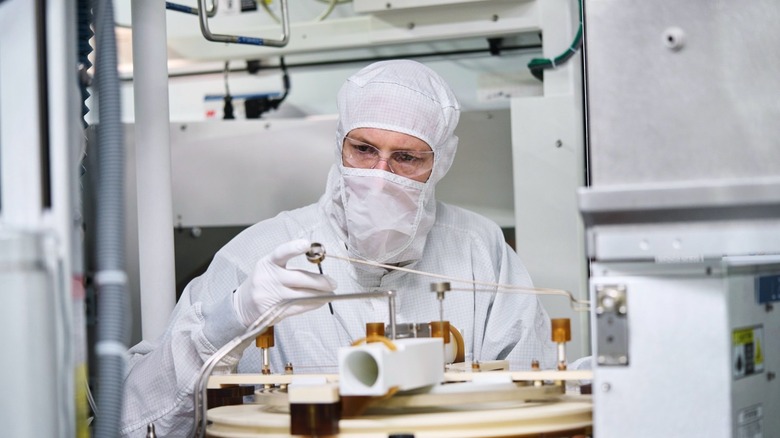Apple's Commitment To U.S. Manufacturing Might Have Saved Us From Massive iPhone 17 Price Hikes
We've been worried about the price of the iPhone 17 spiking ever since Trump initiated his new wave of tariffs in April. Since then, we saw Apple say that tariffs would cost it up to $900 million in the June quarter, and up to $1.1 billion in the September quarter. The iPhone was not impacted by tariffs, but Trump threatened Apple with 25% tariffs on iPhone imports.
Some reports indicated Apple wanted to increase the prices of the iPhone 17 regardless of tariffs, but the company was worried about the optics. Other analysts said the 2025 iPhones might cost $50 more than their predecessors. Back-of-the-envelope math using AI indicated Apple could absorb the tariff losses associated with other products by increasing the iPhone 17 prices globally by $50.
The first week of August brought two big developments along with it. First, Trump announced a 100% tariff on semiconductors, or the chips that power devices like the upcoming iPhone 17 series. Exemptions would be awarded to companies that move some of their production to the U.S. Separately, Apple announced the new American Manufacturing Program (AMP), part of its $600 billion investment in the U.S. economy. That figure includes a brand new $100 billion commitment.
Apple's massive investments proposed for the next four years, combined with the announcement that several key iPhone components will be produced in the U.S., are enough for Apple to avoid the 100% tariffs on semiconductors that would have surely impacted the iPhone 17 price. Also, considering that the AMP program will ensure that key iPhone parts will be made in the U.S., it's unlikely for Trump to impose additional tariffs on the iPhone. All that suggests the iPhone 17 price hikes will be minimal to non-existent.
How much will the iPhone 17 cost?
While the iPhone 17 series seems to have avoided an iPhone-related tariff, I still expect minimal price hikes for this year's new iPhones. Those estimates that said Apple might increase the prices of some iPhone 17 models by up to $50 make sense in light of these developments. Apple can even opt for specific price hikes that don't impact the entire iPhone 17 series.
The base iPhone 17 might still start at $799, but Apple might raise the price of the iPhone 17 Air above that of the iPhone 16 Plus, which it will be replacing. The phone might cost $949 to $999 instead of the expected $899 starting price. The iPhone 17 Pro prices might also get $50 price hikes. Another option is for Apple to eliminate the 128GB storage tier from the base model. Thus, the 256GB model will be the cheapest iPhone 17 Pro, priced at $1,099. But that's what the current 256GB iPhone 16 Pro costs. The iPhone 17 Pro Max would start at $1,299 in this scenario, like its predecessor. Apple eliminated the 128GB storage tier for the Pro Max models in 2023.
A win for Trump
This week's events indicate that Apple will do anything necessary to avoid a more significant tariff burden that would force it to pass costs to consumers. Significant price hikes across its lineup of products might impact revenue and profits. The new $100 billion commitment to the U.S. economy and the new AMP initiative are better alternatives to tariffs.
President Trump will also declare victory. The iPhone can't be made in America, but if several key components are made in the States, it's a win for his administration that seemingly proves tariffs work. After all, Apple is committed to producing key iPhone components in the U.S. that are related to Trump's national security policy. The list includes chips, chip-related technologies, and rare earth magnets.
That said, U.S. manufacturing of iPhone parts and other Apple components might increase Apple's bill-of-material costs for these devices in the coming years. Apple has skirted the tariffs for now, but it might have to increase prices anyway to deal with costs related to American manufacturing. The iPhone 17 series, with its potential price hike, might be just the start.


